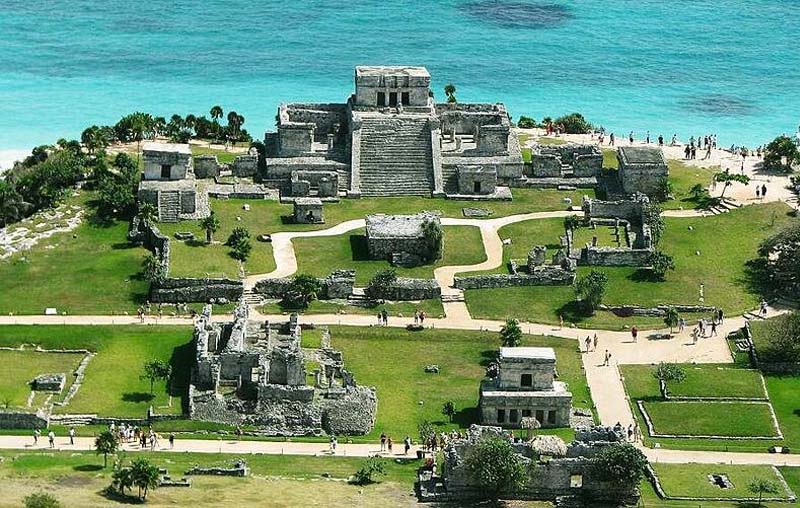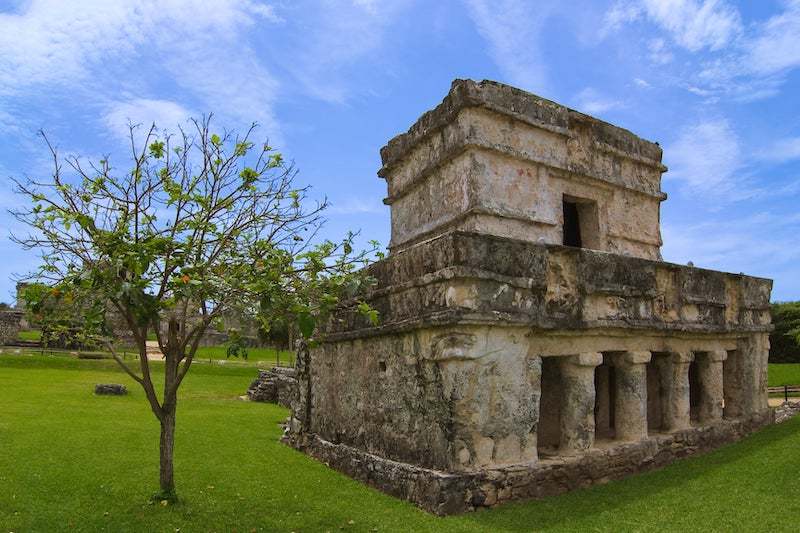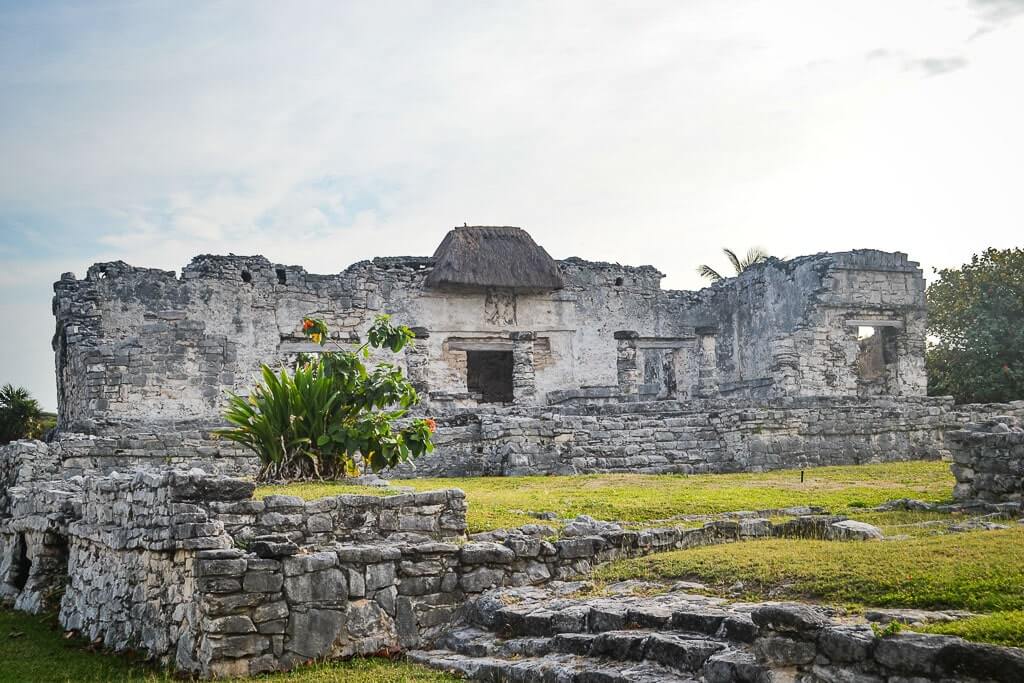Tulum Ruins
Cancún, Mexico

Visit Tulum Ruins, a stunning cliffside historical site in Mexico just south of Cancún. Explore ancient Mayan temples like El Castillo and the Temple of the Frescoes while enjoying spectacular views of the Caribbean Sea. Ideal for travelers seeking Tulum tourism, cultural heritage, and things to see in Cancún.
Just a short journey from the vibrant beach city of Cancún lies one of Mexico’s most iconic and breathtaking archaeological wonders—the Tulum Ruins. Perched dramatically on a cliff overlooking the turquoise waters of the Caribbean Sea, this ancient Mayan site offers a perfect blend of history, culture, and stunning natural beauty. Whether you're a history buff, a curious traveler, or just looking for top things to see in Cancún, visiting Tulum Ruins should be high on your list. A Glimpse into the Past The Tulum Ruins date back to around the 13th century and were among the last cities built and inhabited by the Maya. Originally known as Zamá, meaning "City of Dawn," Tulum served as a major port city for the powerful Mayan city of Cobá. Its strategic coastal location allowed it to thrive as a hub for maritime trade, linking Central America’s trade routes with the Caribbean and beyond. The site gained prominence not only for its economic significance but also as a ceremonial center. What makes Tulum particularly unique among historical sites in Mexico is its defensive wall structure—rare for Mayan cities. Three thick stone walls surround the inland portion, while the sea provides a natural barrier on the eastern side. This made Tulum one of the few fortified Mayan cities, adding to its mystique and historical allure. Architectural and Natural Highlights Tulum’s ruins may not be as massive as those in Chichén Itzá, but their cliffside location and ocean backdrop make them some of the most photogenic in the world. The centerpiece of the site is El Castillo, a stepped pyramid that once served as a lighthouse and ceremonial temple. Its elevated position and small windows allowed ancient mariners to navigate safely through the coral reef by aligning with the temple's light and structure. Visitors can also explore the Temple of the Frescoes, which houses faint but fascinating murals that depict Mayan deities and cosmology. The Temple of the Descending God, featuring an upside-down figure in its façade, remains one of Tulum’s most intriguing and mysterious structures. What makes Tulum truly magical is how it harmonizes with nature. The ruins are surrounded by lush jungle and face one of the most beautiful beaches in Mexico. After exploring the ancient stone structures, many visitors descend to the secluded beach below for a refreshing swim. Unique Stories and Lesser-Known Facts One fun fact: the name “Tulum” means “wall” in the Yucatec Maya language—a nod to its fortified structure. But originally, the city was known as Zamá, highlighting its connection to the sunrise. Many believe Tulum’s location was intentionally chosen for solar observations and ceremonial purposes, especially given its eastern orientation facing the dawn. Unlike many archaeological sites, Tulum was still inhabited when the Spanish arrived in the early 16th century. It was one of the few Mayan cities to withstand the initial wave of European contact, making it a living link between pre-Columbian and colonial eras. Visiting Tulum Ruins Today Today, Tulum Ruins are one of the most visited historical attractions in the Yucatán Peninsula and a central part of Tulum tourism. The site is open daily from 8:00 AM to 5:00 PM, with the last entry allowed at 4:30 PM. Admission is approximately 90 MXN (about $5 USD) for general entry. Additional fees may apply for photography equipment or guided tours. The site is accessible by car, bus, or guided tour from Cancún (about a 2-hour drive) or Playa del Carmen (around 1 hour). It’s recommended to arrive early in the morning to avoid the heat and crowds, especially during peak season. Bring sunscreen, water, and comfortable shoes, and be prepared to walk on uneven terrain. Visitors are encouraged to respect the historical integrity of the ruins—climbing on structures is prohibited. There are restroom facilities and small vendors at the entrance, but it's best to bring essentials with you.
Location
Coordinates: -87.4291, 20.2133
View on Google Maps



